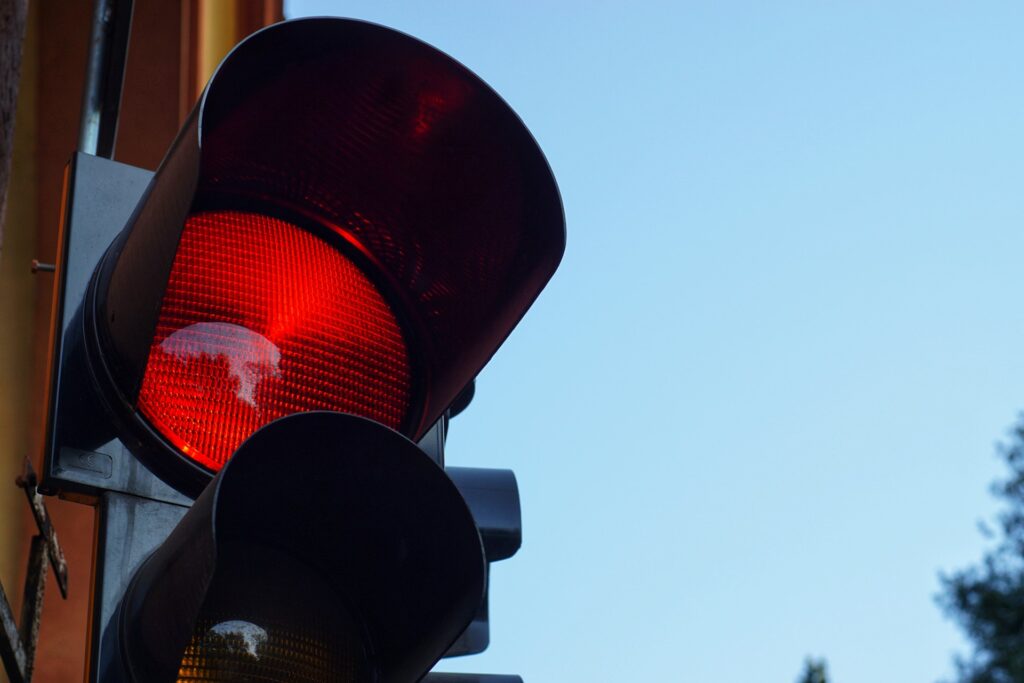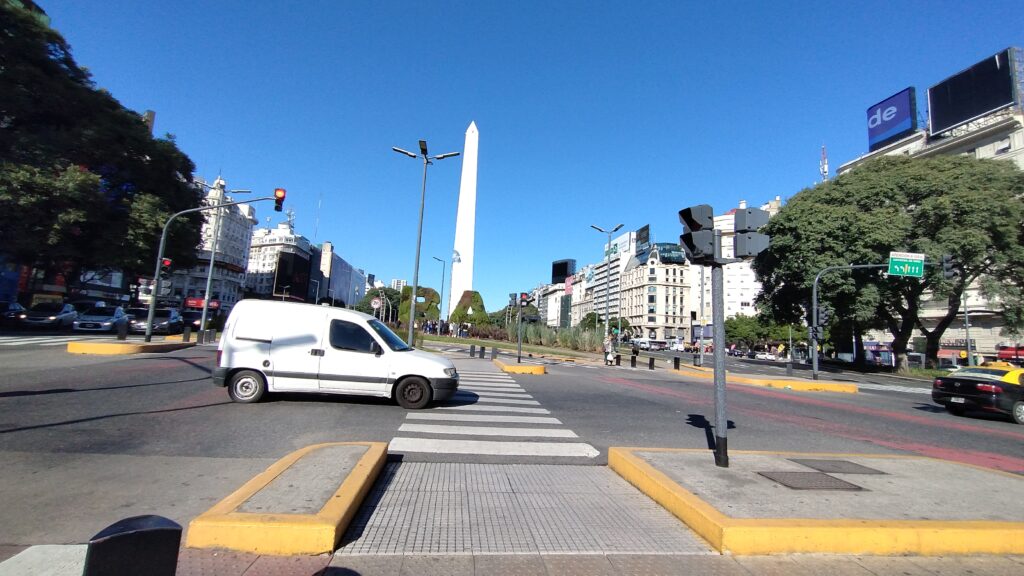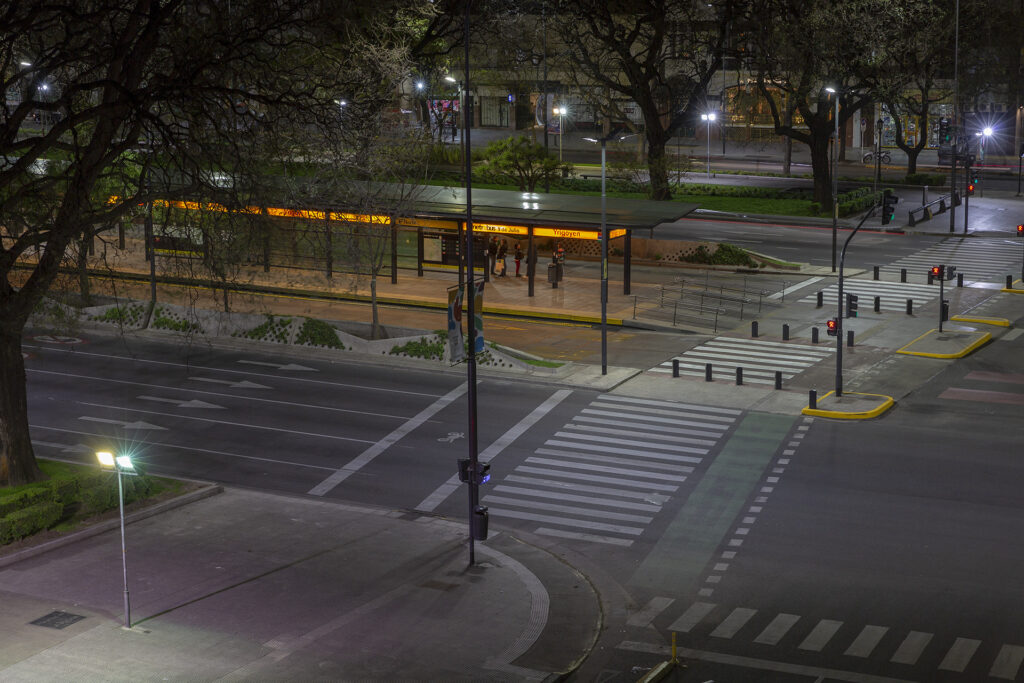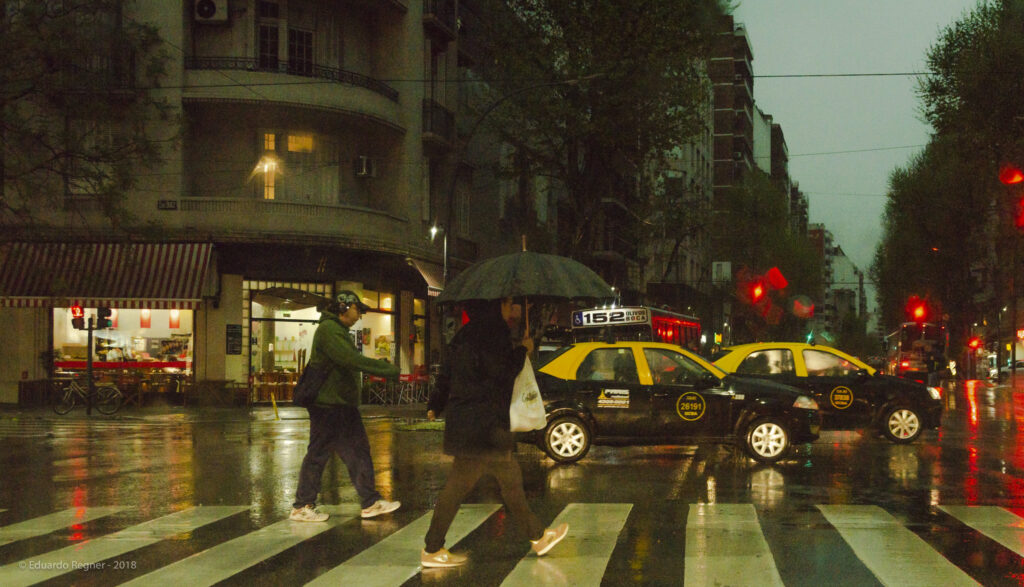Being a pedestrian in Buenos Aires would require professional training. We are referring to foreigners who arrive in the city and, after an apparently calm weekend, find a chaotic Buenos Aires.
In Buenos Aires, several factors come together to explain the traffic chaos: reckless driving, the cell phone as a distraction factor and, no less important, the role of the pedestrian. This being the weakest actor on public roads, he often contributes with his mistakes to traffic accidents having a fatal outcome.
How to be a pedestrian in Buenos Aires? Rather than answering for the positive or what you should do, we find it more practical to tell you what you should NOT do. Believe it or not, there are 5 mistakes that all pedestrians make in Buenos Aires and that, if avoided, would give us a calmer outlook in terms of traffic and coexistence.
Take a look at these 5 mistakes that probably seem obvious to you (or maybe not), but that are key to avoiding headaches on the streets of Buenos Aires.
5 Mistakes You Should Avoid As A Pedestrian in Buenos Aires
Crossing Traffic Lights on Red
Does any city in the world give awards for crossing a traffic light on red? Hard to believe. Perhaps it’s a rule that is more or less enforced depending on the traffic regulations and social awareness of the city you travel to.
Regarding Buenos Aires, crossing a traffic light on red or when you don’t have the right of way as a pedestrian is a serious mistake.
It’s true that after walking no more than 15 minutes in Buenos Aires, you might say, “But look at those pedestrians, aren’t they crossing on red?” However, just because many people do something doesn’t mean it’s correct.
You might feel that crossing when you don’t have the right of way as a pedestrian isn’t risky on some streets in Buenos Aires: almost no vehicles, deserted streets, etc. But the problem arises when you try to do this, with the same confidence, on a busier avenue or street.
The first mistake you should avoid, then, is resisting the temptation to rush and not crossing streets or avenues when you don’t have the right of way as a pedestrian.

Crossing Outside the Pedestrian Crosswalks
In Buenos Aires, we make many mistakes as pedestrians. Some are involuntary, the result of a city that lives in constant acceleration and pushes us to commit traffic violations.
However, there is one common mistake among the inhabitants of Buenos Aires: crossing a street outside the pedestrian crosswalk.
It’s likely that on most streets in the city, this recklessness goes unnoticed: little traffic, a pedestrian who has taken “some precautions” despite committing a recklessness, or a calm day and time.
But do you know how many fatal accidents have happened because pedestrians crossed outside the pedestrian crosswalk on avenues and streets in Buenos Aires?
The worst part is that this mistake is motivated by impatience, as often the distance from the crosswalk is insignificant. However, we assume unnecessary risk by crossing outside of it, putting ourselves at the mercy of buses, trucks, or vehicles that have to make a sudden maneuver to avoid us. In Buenos Aires, you should always cross streets and avenues at the designated crosswalks. Neither before nor after them.

Not Looking Both Ways Before Crossing a Street
Even if the previous two conditions (not crossing on red and doing so at the crosswalk) are met, it doesn’t mean that as pedestrians we shouldn’t look before crossing the street.
In Buenos Aires, reckless driving is a problem we still can’t get rid of. Awareness campaigns and even regulations that restrict alcohol consumption to 0 for driving haven’t had the expected results.
For this reason, crossing a street or avenue requires looking both ways to ensure that no reckless driver has run a red light. Although in Buenos Aires traffic lights work with the red, yellow, and green triad, truth be told, drivers usually don’t interpret yellow as it is: a warning to stop and slow down.
Now, let’s not forget another common player in traffic accidents in Buenos Aires: bicycles.
For some years now, bicycles have had exclusive lanes on some streets and avenues in Buenos Aires, allowing them to circulate without having to deal with private vehicles, trucks, or buses.
Streets or avenues with exclusive bike lanes require pedestrians to not only pay attention to cars before crossing but also to the bicycles themselves, which generally ignore traffic lights.
Remember that both the main traffic light and the bicycle traffic light operate in sync. Therefore, when the main light turns red, the same happens with the bicycle light.
However, we strongly recommend looking both ways before crossing a street or avenue. This way, you can be completely sure that no reckless vehicle or bicycle can endanger your life.

Waiting to Cross Below the Curb or Sidewalk
The hurry with which we live in Buenos Aires also manifests in small but dangerous acts. Among the mistakes we have listed so far, there is one more imprudence that often goes unnoticed: waiting to cross below the curb or sidewalk, that is, on the roadway or asphalt.
Can you imagine how many traffic accidents involving pedestrians have happened in Buenos Aires due to this type of mistake? On some streets, it might be harmless, but at intersections or busy avenues, waiting to cross below the sidewalk is a grave danger. Any vehicle deciding to turn at an intersection could put you at risk of collision.
Something as simple as taking a step back and waiting to cross on the sidewalk keeps you protected from any recklessness. It doesn’t matter what others do, as Argentines tend to be stubborn about traffic rules.

Getting Distracted with Your Cell Phone
The cell phone has become the center of attention for pedestrians. And we’re not just talking about pedestrians, but also drivers, whether they are in cars, motorcycles, trucks, taxis, bicycles, and surprisingly, even bus drivers.
But let’s talk about pedestrians and the “zombie mode” they enter when walking with their cell phones. This situation makes us completely vulnerable not only to traffic accidents but also to thefts or street robberies.
Can’t you use your mobile phone on the street? Of course, you can, but it’s recommended to stop walking or sit down at a café so that you don’t risk your life (or your mobile device).
The use of cell phones has only increased the cases of pedestrians becoming fatal victims of traffic accidents. If we add to this the distraction of vehicle drivers and the hurry with which Argentines move on the streets, the cocktail is really explosive.



